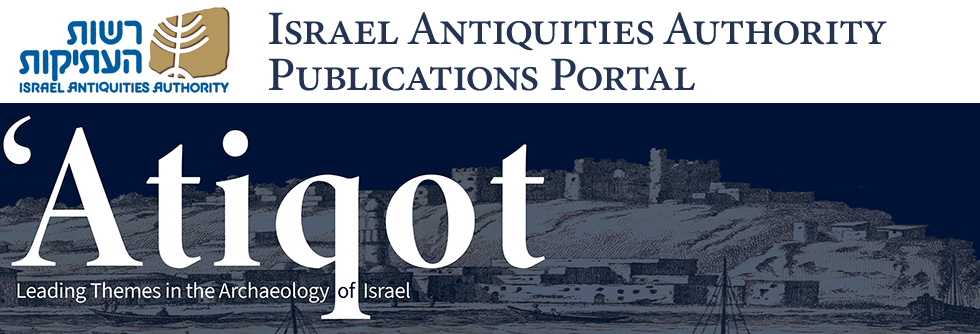Abstract
A salvage excavation conducted at the southeastern foot of the citadel west of Khan et-Tujjar exposed the remnants of a marketplace known from historical sources and travelers’ and explorers’ diaries, who traveled throughout Syria and Israel during the Mamluk and Ottoman periods. The lively and bustling marketplace operated weekly for centuries. The rich finds—including imported vessels from Syria, Turkey, Italy, Spain and even China—attest to an international commercial activity resembling a European fair.
Keywords
Lower Galilee, ancient roads, Darb al-Hawarna, Venetian merchants, cotton, metal objects, Europe, trade routes, Ottoman
Recommended Citation
Dalali-Amos, Edna
(2022)
"A Mamluk- and Ottoman-Period Marketplace at Khan et-Tujjar (Hebrew, pp. 37*–56*; English summary, pp. 274–275),"
'Atiqot: Vol. 107, Article 17.
DOI: https://doi.org/10.70967/2948-040X.1854
Available at:
https://publications.iaa.org.il/atiqot/vol107/iss1/17
Included in
Agriculture Commons, Biblical Studies Commons, History of Art, Architecture, and Archaeology Commons

